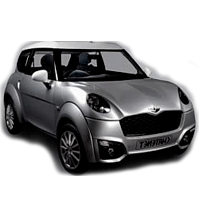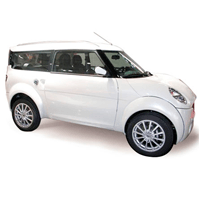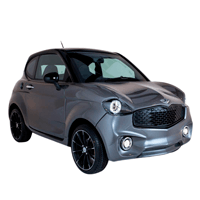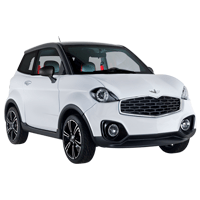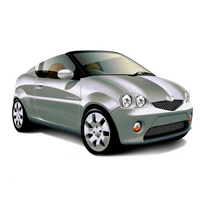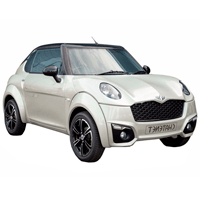
Catalog / Chatenet
Chatenet: French Microcar Innovation and Pricing Insights
Chatenet, a French automobile manufacturer, has carved a unique niche in the automotive world since its inception in 1984. Founded by Louis Chatenet in Limoges, France, the company has become synonymous with microcars and quadricycles, offering compact and efficient vehicles primarily for urban environments.
The company's journey began with the production of small, lightweight vehicles that could be driven without a full car license in many European countries. This innovative approach to personal transportation quickly gained traction, especially among younger drivers and those seeking economical city mobility solutions.
One of Chatenet's most significant milestones came in the early 2000s with the introduction of the CH26, a model that epitomized the brand's commitment to combining style with functionality in a compact package. This vehicle helped solidify Chatenet's reputation as a leader in the microcar segment.
Interesting fact: Chatenet vehicles are classified as 'voitures sans permis' (cars without license) in France, allowing them to be driven by individuals as young as 14 in some European countries, with certain restrictions.
Throughout its history, Chatenet has continually evolved its product lineup, introducing models like the CH30 and CH40, which brought enhanced comfort and safety features to the microcar category. The company has also embraced technological advancements, gradually incorporating modern amenities and improved powertrains into their vehicles.
In recent years, Chatenet has shown a commitment to environmental consciousness by exploring electric and hybrid technologies for their microcars. This move aligns with global trends towards sustainable mobility and positions the brand at the forefront of eco-friendly urban transportation solutions.
Despite facing competition from larger automotive manufacturers entering the microcar market, Chatenet has maintained its position through a combination of French design flair, practical engineering, and a deep understanding of their niche market.
Today, Chatenet continues to innovate within the microcar sector, offering a range of models that cater to diverse user needs while adhering to strict European regulations for quadricycles. The brand's vehicles are particularly popular in France, Italy, and other European countries where microcars enjoy special legal status.
As urban areas become increasingly congested and environmental concerns grow, Chatenet's focus on compact, efficient vehicles positions the company well for future growth. Their ongoing commitment to improving safety, comfort, and performance within the constraints of the microcar category ensures that Chatenet remains a significant player in this unique automotive niche.


